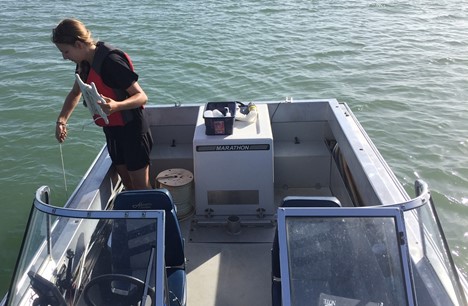By Aquality Environmental - Jay White
There's a new DNA sampling method on the rise!
What is eDNA?
Environmental DNA (eDNA) is a collection from organisms degraded in the environment by bacteria, UV radiation, pH, or temperature. Unlike living DNA, eDNA is expelled from living organisms, fragmented, and accumulated in its surroundings.
Now, water and soil can be sampled for eDNA from plants, mammals, fish, amphibians, fungi, viruses, and bacteria! Sampling occurs during periods of active cell slough off, confirming the presence of the target at the time of sampling.
How does this work?
These tests produce quick, verifiable results using an inexpensive thermal cycler that amplifies the target DNA using Quantitative Polymerase Chain Reaction (qPCR). A positive result indicates the presence of the target within the sampling area.
This is a non-lethal, non-invasive technique that can provide rapid results in under an hour. The adoption of this tool will overcome many challenges currently affecting sampling, especially the cost.
Now, we can visit each wetland and take a simple water sample for later analysis. We can do in hours what would have taken weeks to accomplish with an expensive field crew and equipment. We just need one person collecting one litre of water.

Traditional sampling methods can be challenging when populations are rare or fragmented. We can develop primers to see if eDNA from rare species are in the environment with detection down to as few as one or two individuals.
This presents a huge cost savings, and of course, eDNA sampling procedure is non-lethal which is essential for preserving rare and endangered species. This approach is ideal for groups such as the Alberta Biodiversity Monitoring Institute who have most recently discovered Tiger salamanders in an Edmonton wetland.
Traditional watershed monitoring involved beach sampling with analysis times of one week or more for results. With qPCR testing, samples analysis can take under an hour to provide critical health information.
To read more of the science behind qPCR testing, you can read the rest of the article in the Spring 2022 edition of Nature Alberta Magazine

